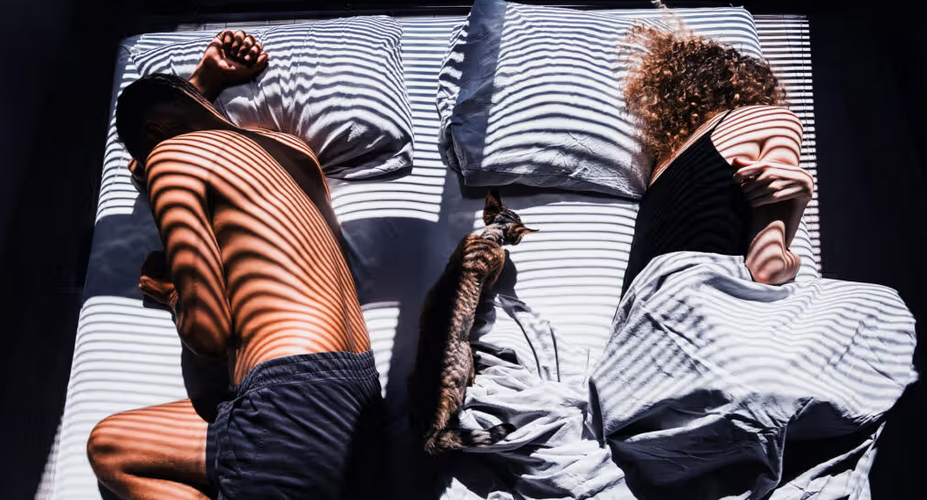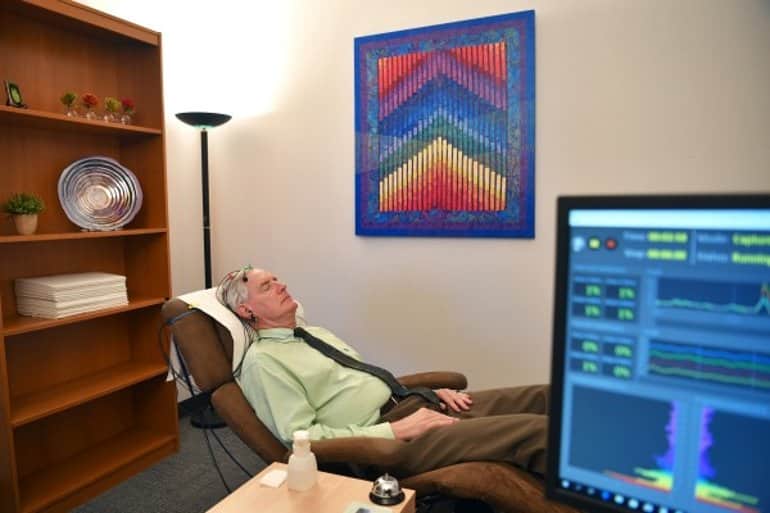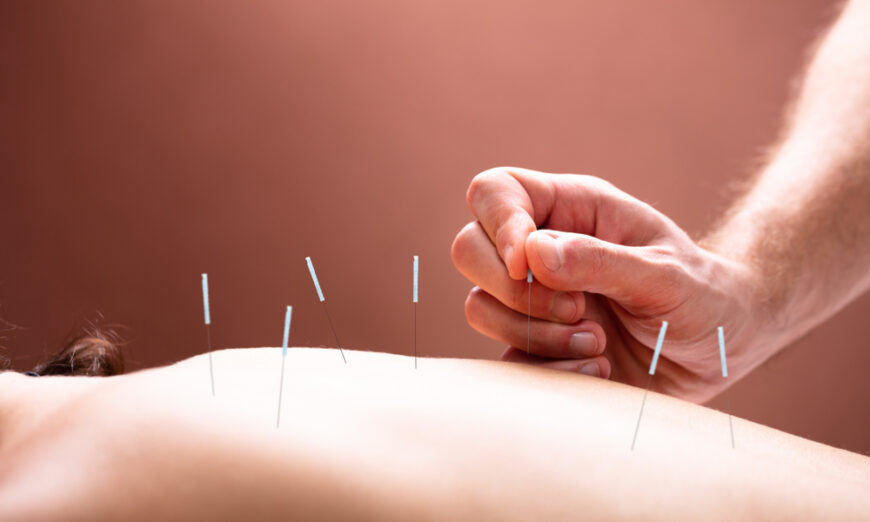
Researchers say the quality of sleep in younger years can impact memory in older age. Maria Korneeva/Getty Images
- Sleep disruptions – waking up and then going back to sleep during the night – may contribute to memory and cognitive problems.
- The duration of sleep was not considered in the study.
- Researchers reported that cognitive issues showed up 10 years after the end of the study.
People who experience disrupted sleep in their 30s and 40s are more likely to have memory and cognitive problems later in life, according to a study published in Neurology, the journal of the American Academy of Neurology.
Researchers looked at the sleep patterns of 526 people who were followed for 11 years.
To calculate averages, the participants wore a wrist monitor for three consecutive days, one year apart. They also reported bedtimes and wake times in a sleep diary.
In addition, the partcipants completed a sleep quality survey, receiving a score ranging from 0 to 21, with higher scores indicating poorer sleep quality.
The scientists also recorded how long each person slept each night.
Participants also completed a series of memory and thinking tests.
Details from the study on sleep and memory
The study included 526 participants with an average age of 40 at baseline who were followed for 11 years. Of these, 239 people, or 46%, reported poor sleep, which was defined as having a sleep score of greater than 5.
Researchers also looked at:
- Sleep fragmentation, repetitive short interruptions of sleep
- The percentage of time spent moving
- The percentage of time not moving for one minute or less
The scientists added the two percentages to determine an average sleep fragmentation score. Overall, the participants had an average sleep fragmentation score of 19%. The researchers then grouped the participants based on their scores.
The researchers reported that of the 175 participants with the most disrupted sleep, 44 had poor cognitive performance 10 years after the study ended, compared to 10 of the 176 with the least disruptive sleep.
The scientists noted that after adjusting for age, gender, race, and education, the people with the most disruptive sleep were more than twice as likely to have poor cognitive performance as those with the least disruptive sleep.
They also found no differences in cognitive performance in the middle group compared to those with the least disruptive sleep.
The length of time people slept and self-reported sleep quality were not associated with cognition in middle age.
Reaction to the memory and sleep study
“This important work shows how healthy brain aging is a lifelong endeavor,” says Dr. David Merrill, a geriatric psychiatrist and director of the Pacific Neuroscience Institute’s Pacific Brain Health Center in California who was not involved in the study.
“Even in early adulthood, sleep quality results in measurable changes in cognitive performance by mid-life. The study findings support the importance of sleep quality, uninterrupted, or unfragmented sleep in relation to cognitive performance,” Merrill told Medical News Today.
“Undoubtedly, we need a certain minimal quantity of sleep too, but the study wasn’t a sleep lab study, so it wasn’t structured to ask that question,” Merrill added. “Perhaps [discussing sleep patterns with my patients and] encouraging them to use sleep trackers so they can see for themselves how better sleep quality relates to days with improved energy and thinking. There are great direct-to-consumer wearables now that can allow us to know how well we’re doing to get a good quality night’s sleep.”
The researchers reported that the most significant limitation of the study was its small sample size. This prevented the researchers from thoroughly investigating potential race or gender differences.
How sleep and memory are connected
“This is a very interesting study,” said Dr. Steven Feinsilver, the director of the Center for Sleep Medicine at Northwell Lenox Hill Hospital in New York who was not involved in the study.
“We all know that sleep is good for you and the results of this study are undoubtedly true. But the question is, what came first: Did poor sleep quality cause cognitive dysfunction or did cognitive dysfunction cause poor sleep quality?,” Feinsilver asked.
“Everyone wakes up during the night, but most people don’t remember. We have what is called retrograde amnesia – the last few minutes before falling asleep doesn’t make it into our long-term memory,” Feinsilver told Medical News Today. “This is also true of waking during the night. If we wake up and quickly go back to sleep – which is very common – we don’t remember it.”
“There is still a lot that we don’t know about sleep,” he added. “But the most important aspect is – how do you feel the next day? If you typically feel good during the day, you probably get enough sleep. The average person needs about 7.25 hours, but this is an average. Some may need more; some may need less. People aren’t very good at assessing their own sleep, but they can assess how they feel during the day.”
Finding a balance between quantity and quality of sleep
It is possible that cognitive function is related more to the quality of sleep rather than the length of time spent sleeping.
A studyTrusted Source completed in 2021 at Washington University Sleep Medicine Center reported that there could potentially be a middle range where cognitive function remained steady.
The scientists found that too little and too much sleep could contribute to cognitive difficulties. Cognitive scores declined in participants who slept less than 4.5 hours or more than 6.5 hours. The association held true even after adjusting for a variety of factors, including age, sex, and levels of Alzheimer’s proteins.
People who wake up feeling rested should not feel compelled to change their sleep habits, experts say.
However, those who do not sleep well might notice they have more difficulty with cognitive tasks. Treating the issue can potentially improve cognition.


